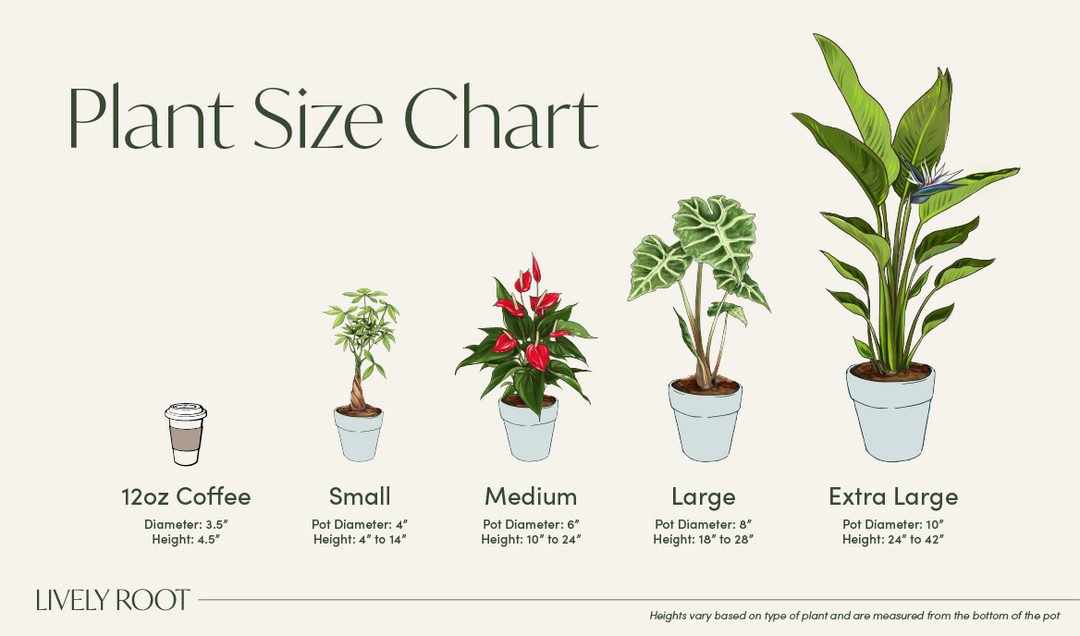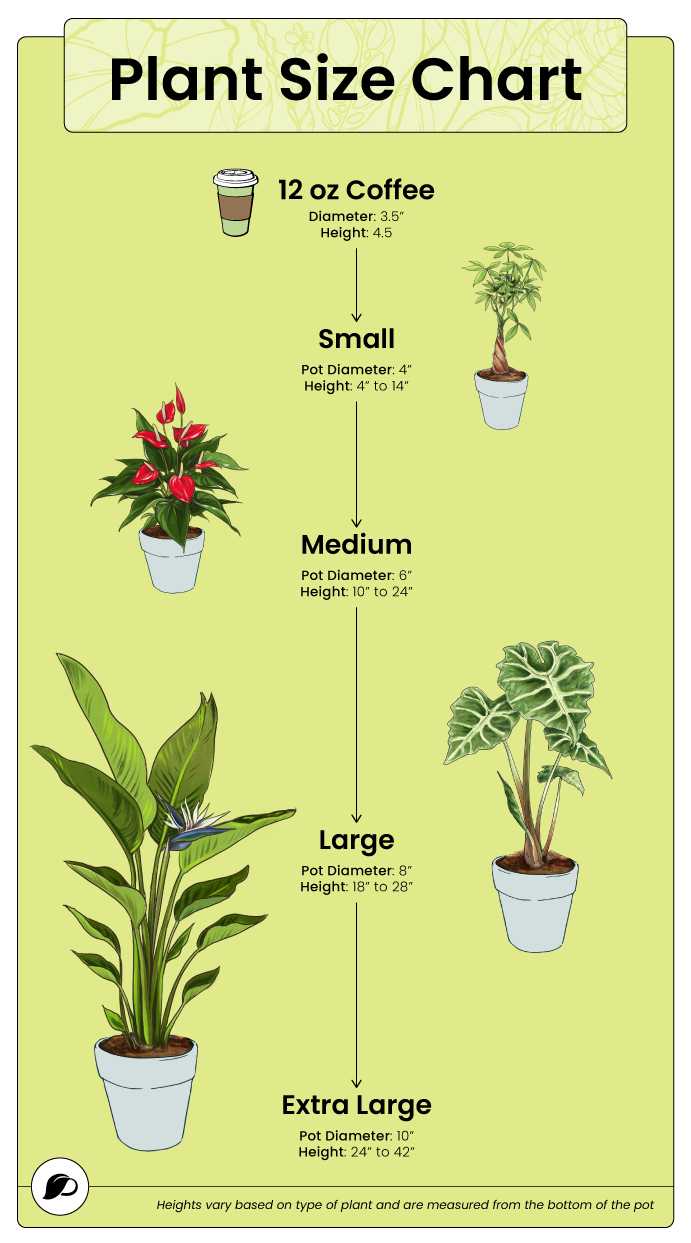Welcome
You have points
Recently viewed
Wishlist
Sign in to access your favorites


The Latin name of Ranunculus dissected means frog (Rana), and unculus means little; they were first discovered along a creekside in moist soil with tiny frogs nearby!
Care Level:
Pet Friendly: Warning
Toxic if ingested.
Origins: Greenland, Alaska, Southwestern Asia
Fun Facts: No wonder these b...
No wonder these blooms are often guests in the bride's bouquets at weddings! They come in pastels and bright colors to fit each bride's color palette. Not to mention, their delicate petals have a bit of ruffle and romance.

Place this plant in partial sun (4-6 hours).
Keep the soil consistently moist but not soggy. Water at the base of the plant trying hard not to get the foliage wet. Preferably water in the mornings so the leaves will dry in the sun.
Average to low humidity is best for this plant.
Ranunculus like early spring temps below 70°F. When most flowering plants can't tolerate the cool, this one starts to dance above the ground! She will go into dormancy and not produce any new buds when the soil warms. Keep them shaded or plant in the early morning sunlight. Avoid afternoon sun to keep them blooming longer.
Ranunculus corms are winter hardy in plant hardiness zones 8-10, where temps do not dip below 25°F. Therefore, perennial plants go into dormancy in the fall and revive in the spring. Otherwise, they can be treated as annuals in cooler zones and overwintered in a greenhouse.
Apply a balanced fertilizer around the base of the plant in early spring when new leaves start growing.
To transplant into a garden container or the garden bed, water your plant the night before. Dig the hole twice as wide as the grower pot and the same depth as the grower pot (not deeper). Remove the plant and center in the spot. Add rooting hormone around the roots of the plant. Water in the hole and let drain. If you have clay soils, add composted leaves, mushroom compost, and perlite to enhance the soil consistency. If your soil is acidic, add lime to register a pH of 5.8-6. Fill around the plant and up to the top of its soil line. Tamp down with your hands to remove any air pockets. Water again around the drip line. Give this plant consistent waterings to keep blooms healthy and budding. Mulch around the roots throughout the season.
After the foliage begins to die after a frost, prune the foliage back to the ground and mulch well.
Division: When planted outdoors in planting zones, 8+ divide the Ranunculus in the late fall before going dormant. Dig the plant up, giving plenty of room around the corms. Remove the root ball and slice through the roots with a sharp knife or pruners. Replant in a full sun spot (6-8 hours) in alkaline garden soil (add lime) (5.8-6 pH) with good drainage or a container plant mix. Use your plant meter to ensure the soil pH is correct. Dig the hole twice as wide and the same depth as the original. Add root hormone at the bottom of the hole, place the root ball in the center, and water. Add compost and supplemental garden soil to the hole mixed with the native soil including lime if your soil runs acidic. Plant them in bright sunlight and water.
Follow us @livelyroot & show us your #livelyroot plants


Get access to your rewards, referrals, and more